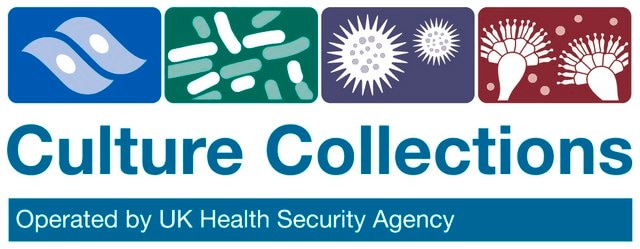M2279
Minimum Essential Medium Eagle
With Earle′s salts and sodium bicarbonate, without L-glutamine, liquid, sterile-filtered, suitable for cell culture
Synonym(s):
EMEM, MEM
About This Item
Recommended Products
Quality Level
sterility
sterile-filtered
form
liquid
technique(s)
cell culture | mammalian: suitable
impurities
endotoxin, tested
components
phenol red: yes
sodium pyruvate: no
L-glutamine: no
HEPES: no
NaHCO3: yes
Earle’s salts (5% CO2): yes
shipped in
ambient
storage temp.
2-8°C
Looking for similar products? Visit Product Comparison Guide
Related Categories
General description
Application
- explants of aortic valve leaflets
- human liver cancer cell line (HepG2) cells
- human fetal brain progenitor-derived astrocyte cells (PDA)
- breast cancer cell line (MCF-7)
- human glioblastoma cell line (T98G)
Preparation Note
also commonly purchased with this product
recommended
related product
supplement
Storage Class
12 - Non Combustible Liquids
wgk_germany
WGK 1
flash_point_f
Not applicable
flash_point_c
Not applicable
Certificates of Analysis (COA)
Search for Certificates of Analysis (COA) by entering the products Lot/Batch Number. Lot and Batch Numbers can be found on a product’s label following the words ‘Lot’ or ‘Batch’.
Already Own This Product?
Find documentation for the products that you have recently purchased in the Document Library.
Customers Also Viewed
Articles
A large selection of MEM formulations. Minimum Essential Medium (MEM), developed by Harry Eagle, is one of the most widely used of all synthetic cell culture media.
Our team of scientists has experience in all areas of research including Life Science, Material Science, Chemical Synthesis, Chromatography, Analytical and many others.
Contact Technical Service





